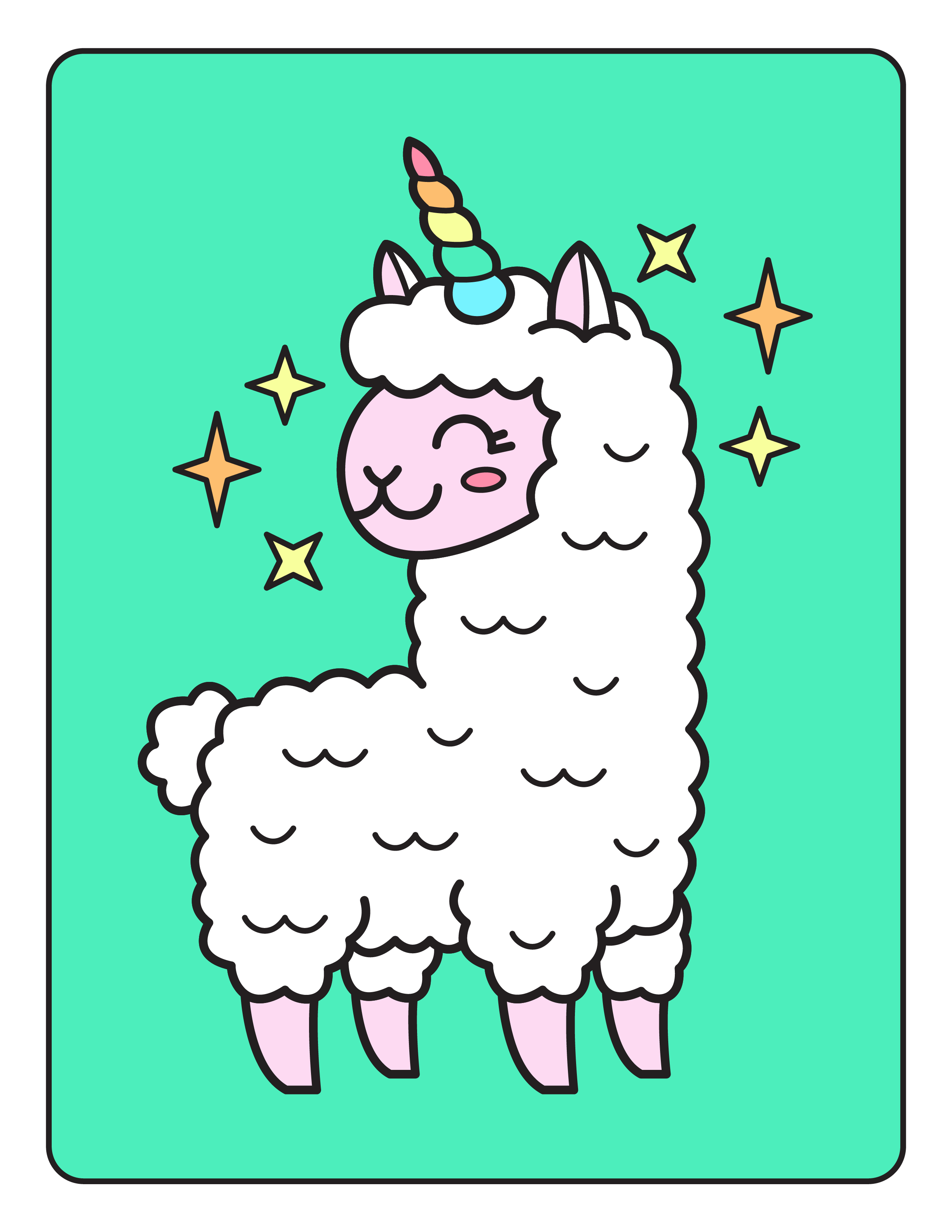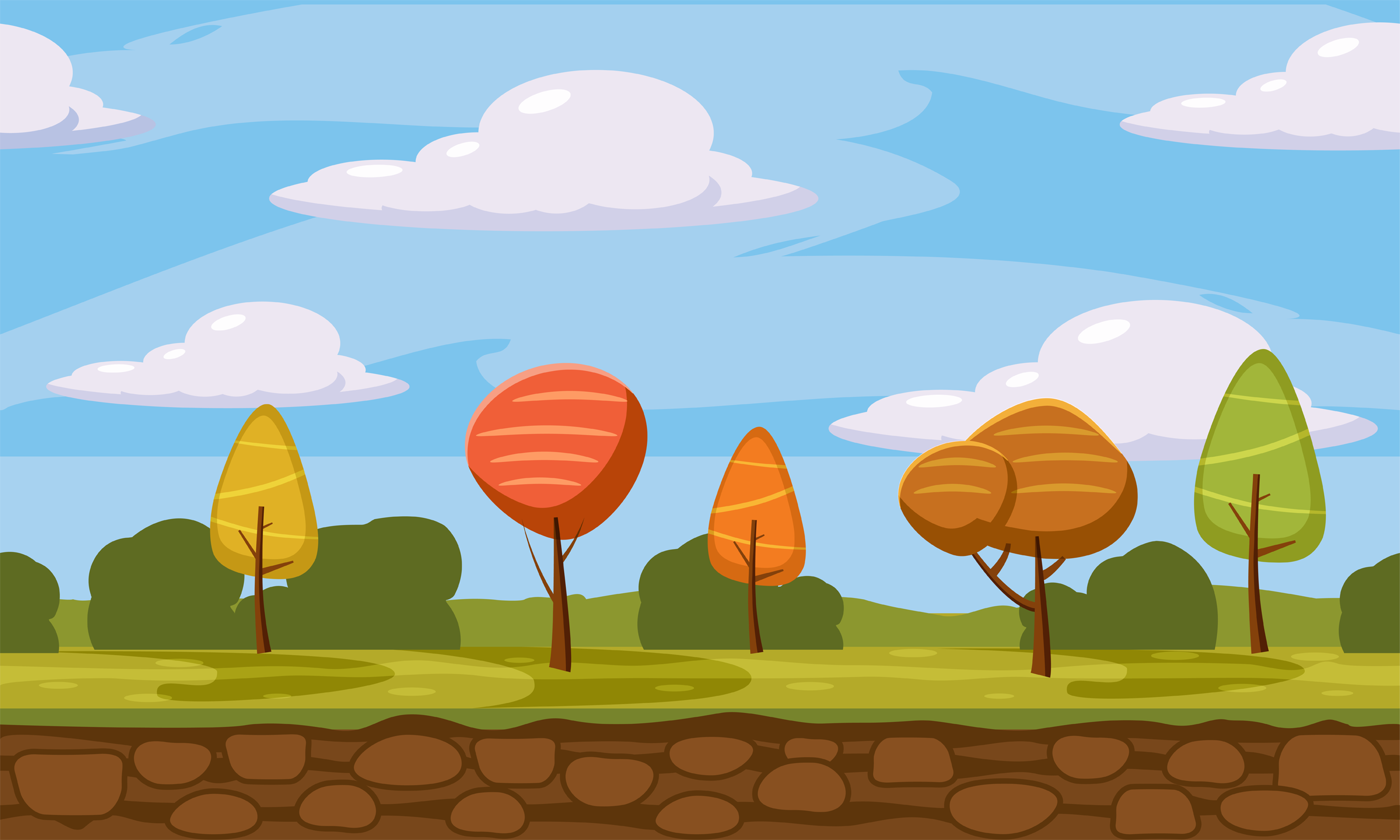
Have you been searching for fun facts about bees to share with your students or homeschooled children? This post is perfect for you! Here, you’ll discover 20 fun bee-related facts and a printable coloring sheet you can download for free!
15 Fun Bee Facts
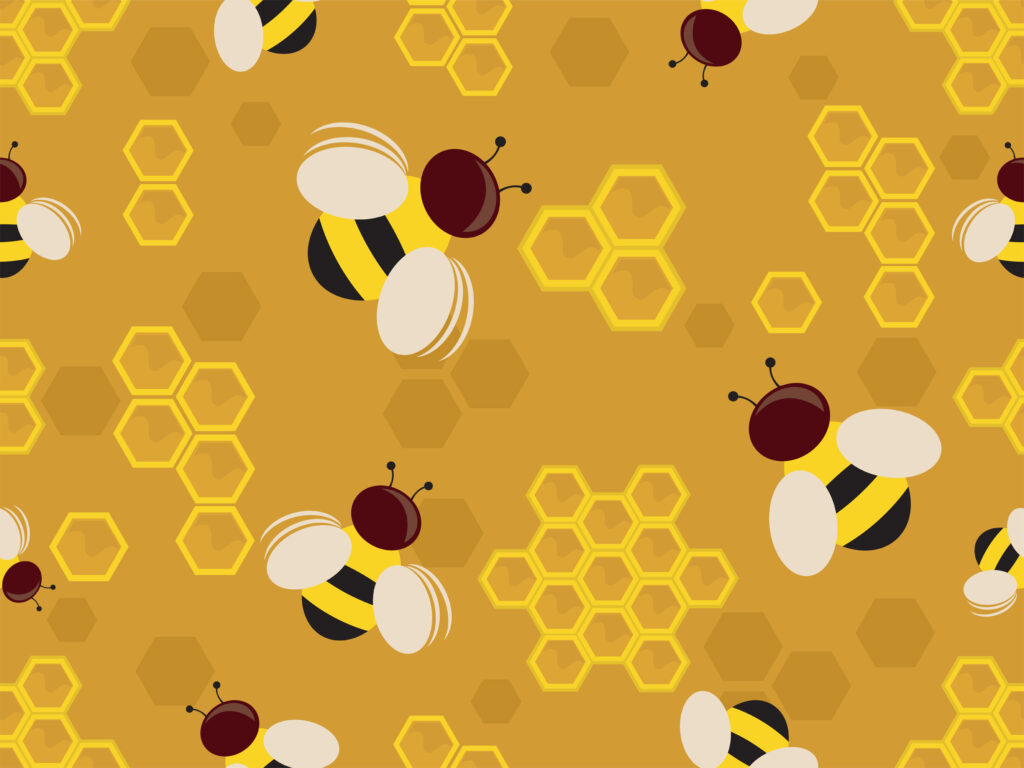
Bees play an essential role in food production across the globe because they are responsible for pollinating many fruits, nuts, and vegetables. Below, you will find 20 facts about bees and their impact on our planet.
- There are more than 20,000 species of bees across the planet.
- Out of the 20,000+ bee species that exist, only 7 are considered to be Honey bees. Other species include carpenter bees, leaf cutter bees, bumblebees, and more.
- Around 4,000 species of bees are responsible for pollinating flowers and food crops in North America.
- According to surveys conducted by the Center for Biological Diversity, North America’s are at risk of extinction.
- In a honey bee colony, male bees are referred to as drone bees and female bees are called worker bees.
- During the warm summer months, hundreds of drone bees can live in a hive, however, they are usually expelled during the cold winter months.
- There is a queen bee, in a honey bee colony, is responsible for birthing the next generation of bees and regulating hive activities.
- Only female bees are capable of stinging, as their stinger and its venom are a part of the female’s bee anatomy.
- A bee’s stinger is referred to as an ovipositor. When it comes to honey bees, a queen bee can use her ovipositor to sting or lay eggs. Worker bees, however, do not reproduce and only use their ovipositor to sting.
- Bees produce honey to feed their larvae and to stay nourished during winter months.
- Bees have a symbiotic relationship with the plants they gather nectar and pollen from. Bees are often directly responsible for the cross-pollination of many plants.
- Nectar is a source of energy for bees as it provides sugars, vitamins and other nutrients. Pollen, however, provides fat and protein. While pollen is consumed for energy as well, it is often used as bee larvae food.
- Despite the hive-mind behavior of honey bees, more than 85% of bee species live solitary lives and have short lifespans.
- Most solitary bees nest underground or in cavities found in wood logs.
- On average, solitary bees (those who are not honey bees) live between 2-6 weeks, with male bees (avg. 2 weeks) living significantly shorter amounts of time than female bees (avg. 4-6 weeks).
5 Facts About What’s Threatening Pollinators
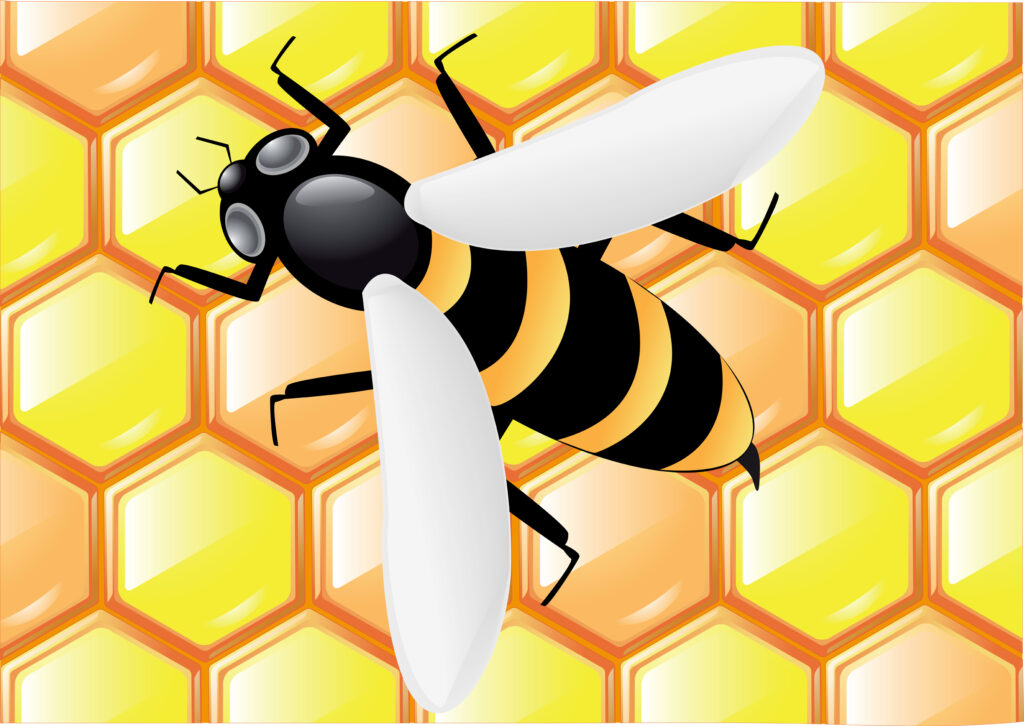
- Industrialization has led to habitat loss for bees and other pollinators. As natural spaces are occupied for agriculture and other development projects, pollinators are being put of our their habitats and displaced.
- Climate change is a contributing factor to the decline of bee populations. As weather conditions shift and extreme temperatures occur across the world, ecosystems are interrupted.
- Harmful pesticides riddled with dangerous chemicals are also a threat to pollinators. In addition to targeting the unwanted pests in a garden, pesticides can also lead to death for many pollinators – including bees.
- Non-native or invasive plant species can also contribute to population decline in pollinators. For instance, when new species are introduced into an environment, it can overtake an ecosystem. This can threaten its population of bees and other insects that relied on the local plants prior to the new plant being introduced.
- Parasites and plant diseases can weaken bee populations as well. For instance, varroa mites and German yellow jackets both contribute to the decline of native bee and honey bee populations.
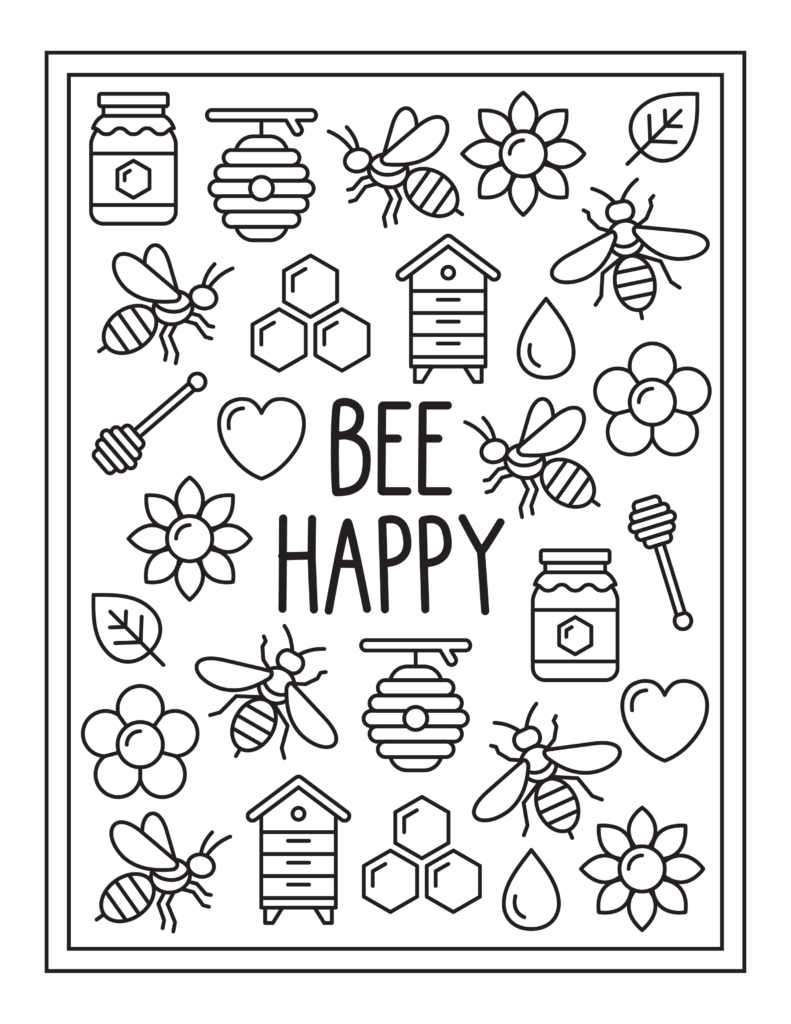
Supplies Needed to Enjoy the Bee Happy Coloring Page
This downloadable coloring page is sized to print on letter-sized paper. The dimensions are 8.5 x 11 inches. To properly enjoy this printable, you’ll need a printer that can print black and white to start. You’ll also need the following:
- coloring pencils, markers, crayons or water color paint – something to color in with
- the printed coloring page
- your imagination
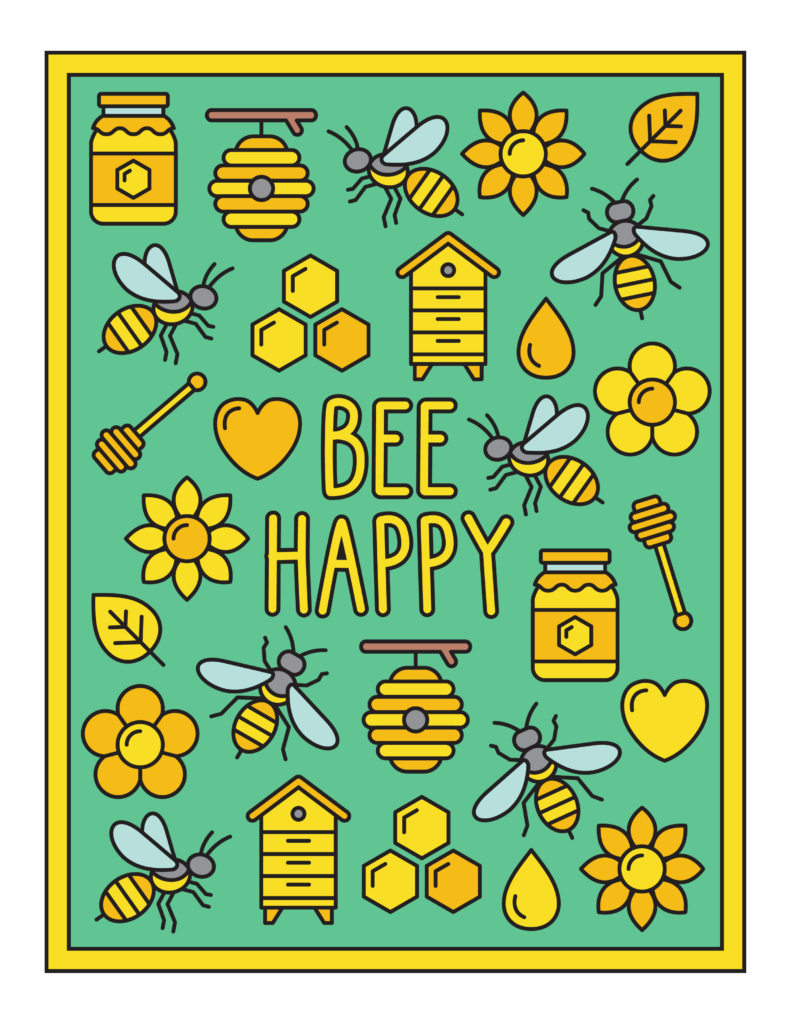
Sources:
Honeybee: National geographic. Animals. (n.d.). Retrieved June 19, 2022, https://www.nationalgeographic.com/animals/invertebrates/facts/honeybee
Est. 2009 in response to the bee crisis. The Bee Conservancy. (2022, April 14). Retrieved June 20, 2022, from https://thebeeconservancy.org/
Do bees feed on both nectar and pollen? Do bees feed on both nectar and pollen? | U.S. Geological Survey. (n.d.). Retrieved June 21, 2022, from https://www.usgs.gov/faqs/do-bees-feed-both-nectar-and-pollen


